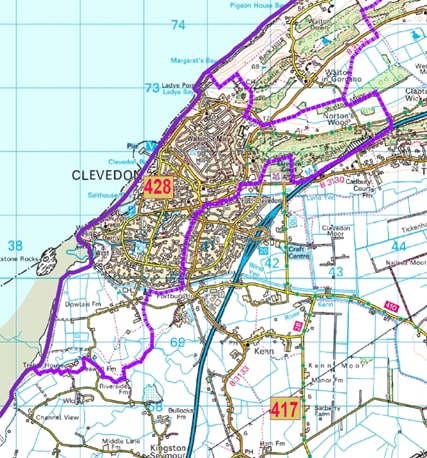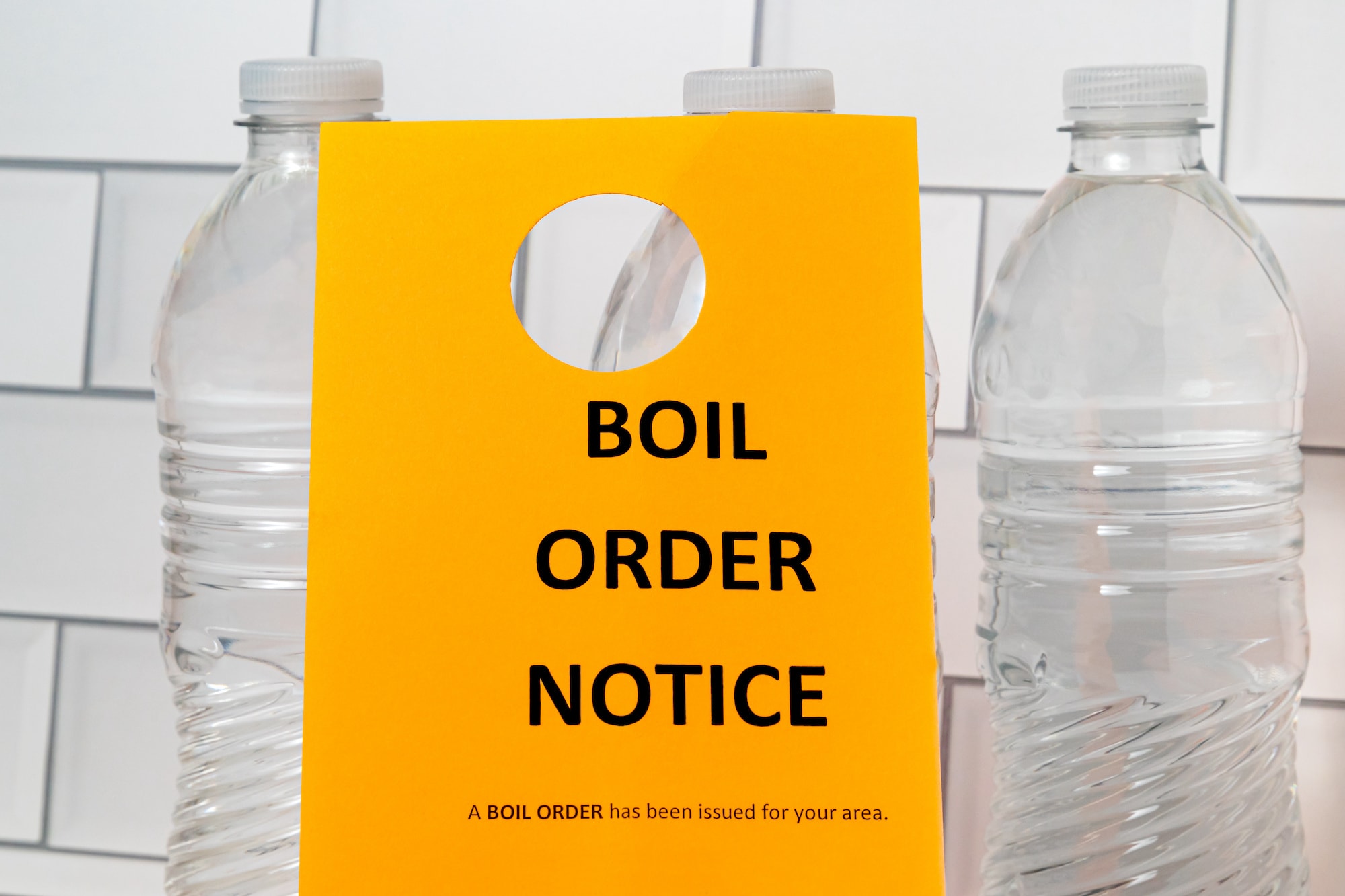BRISTOL WATER
A rapid response prevents waterborne illness from spreading to the community
WATER DISTRIBUTION
Share this story
Summary
Bristol Water has proudly provided clean, fresh drinking water to its customers since 1846. They currently supply over 1 million people daily across an area of around 2,400 square kilometres in Bristol and surrounding parts of Gloucestershire, Somerset, and Wiltshire. Their focus isn't on wastewater, but of course they must still deal with the challenges of maintaining water purity – sometimes unexpectedly.

Overview of Clevedon’s water supply zone.
Danger detected
In January of 2018, as part of their routine monitoring of nearby Clevedon Well, Bristol Water engineers identified a sample that contained small traces of Cryptosporidium oocyst. An oral pathogen, Cryptosporidium is typically found within fecal matter and can enter a water source from something as simple as animal dung. Once spread throughout a water system, the parasite can infect peoples’ bowels, causing diarrhea, nausea, vomiting, and stomach pain. This pathogen is a particularly tough one, protected by a round outer shell that allows it to survive outside of a host body for long periods of time. Since it's also very tolerant to chlorine, it can be difficult to eradicate.
While thankfully the sample amount was small, upon hearing the news, Bristol Water immediately notified their operations team and shut down Clevedon Treatment Works, which draws from Clevedon Well. For the time being, they chose to supply water from a different treatment works while they sprang into action to understand the problem.
With InfoWorks WS Pro, it was possible to minimize our response time by enabling improved methods of mitigation analysis and bring incident resolution in a swift timeframe.”
—Kevin Henderson, Network Asset Modeling Manager, Bristol Water

Bristol Water went door to door to spread the word about the 48-hour boil water advisory.
Springing into action
While cryptosporidium is a relatively common cause of waterborne disease, its presence is a serious red flag to any water utility. Knowing the importance of quick action, Bristol Water immediately issued a "Boil Tap Water" notice to local residents for the next 48 hours, canvassed the area by going door to door to alert residents, and provided bottled water to vulnerable customers. And, of course, they alerted the Drinking Water Inspectorate, Public Health England, and local environmental health teams and kept them fully informed as the incident unfolded.
As a result of their quick action at getting the word out, two local schools chose to close in an abundance of caution. All of these best practices for responding to the incident combined to give them valuable time – and extended the patience of the community – so they could tackle the problem.

InfoWorks WS Pro modelling showing a complete replacement of the affected area of the system with freshwater.
Out with the old, in with the new
Flushing out the old with the new requires plenty of water, so they knew they needed to dramatically increase the supply of freshwater to Clevedon. It was connected to the nearby Backwell Hill Service Reservoir, so they relied on that body of water to increase the supply of freshwater for flushing.
The question their network asset modelling engineer had to answer to restore water quality as quickly as possible was: How fast could they move water through the system while still maintaining system integrity? Strength and intensity are always good for cleaning, but it can be too much of a good thing if you don’t have a robust hydraulic simulation model to closely examine the effects beforehand. To answer that question, they turned to one of their most essential tools, InfoWorks WS Pro.
Their engineers examined analysis and output from the InfoWorks WS Pro hydraulic model and surmised that if just one compartment was taken out of service, it could allow the system to be purged in only 24 hours.
The confidence to proceed safely - and quickly
“The modelling provided confidence that our proposed solution of systematically flushing the area was appropriate and could be completed within reasonable timescales to aid in lifting the boil water notice,” says Jon Scott, Senior Water Quality Scientist at Bristol Water. They got to work immediately, initiating the recommended systematic flushing programmes to remove any remaining Clevedon water from the downstream network.
“By utilising InfoWorks WS Pro, it was possible to minimise the response time to the operators by enabling improved methods of mitigation analysis and bring about incident resolution in such a swift timeframe,” adds Network Asset Modelling Manager Kevin Henderson.
Assessing the results
After wrapping up the incident and performing a post-event analysis, Bristol Water calculated that 17,036 people from 7,375 properties had been impacted by the incident. Their quick action and ability to move water in short timeframes with InfoWorks WS Pro allowed them to keep the Clevedon Treatment Works out of service until further notice to perform even more comprehensive analysis on the system. Best of all, their open and transparent approach with the community earned them a 70% customer satisfaction score for its management of the incident.

